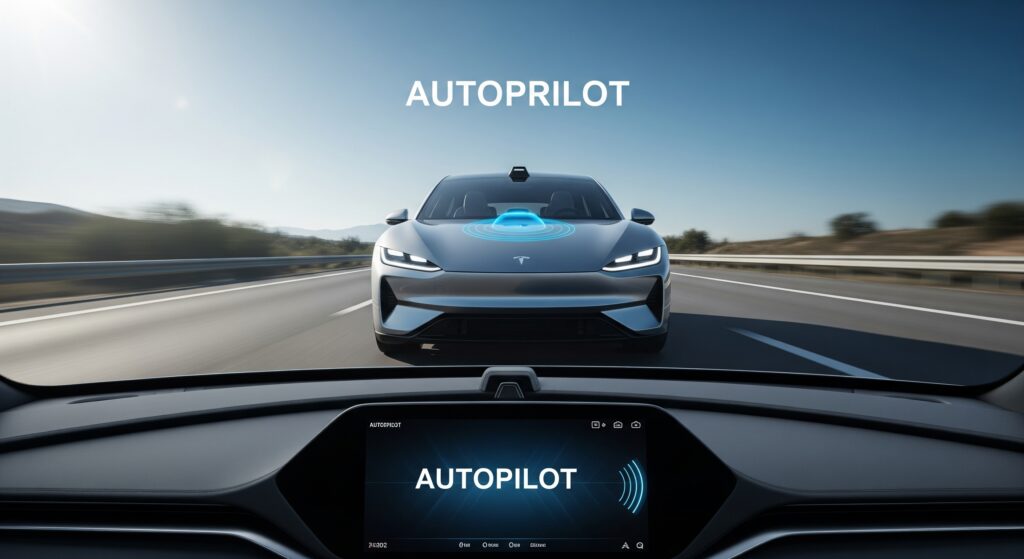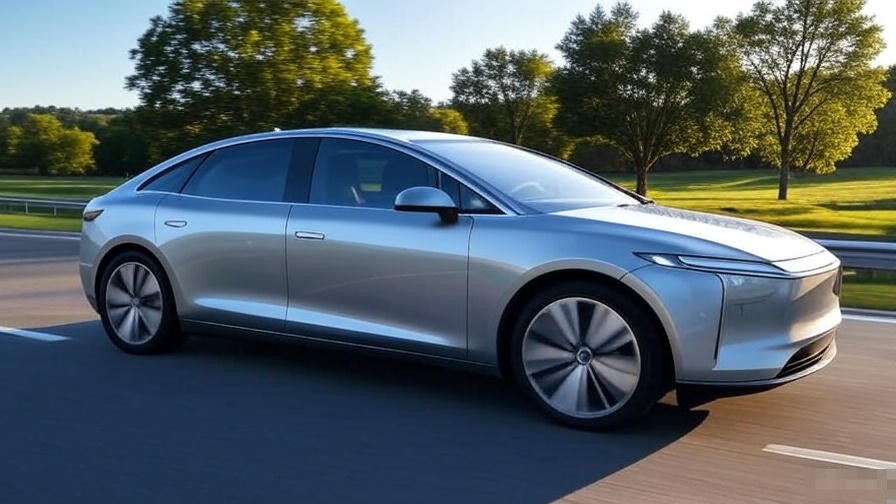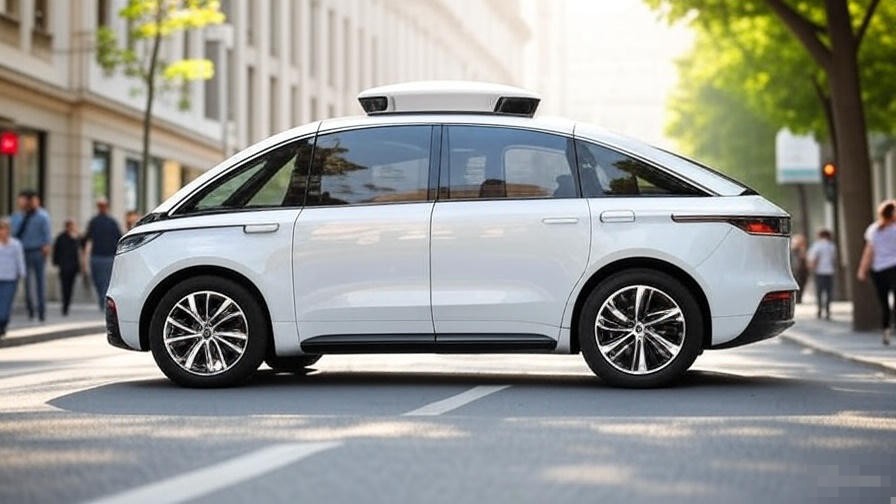The hum of an engine, the open road, and the promise of a smoother journey – modern cars are transforming the driving experience with advanced technologies like “Autopilot” mode. While these features offer incredible convenience and can enhance safety, it’s crucial for every driver to understand what they are, how they work, and, most importantly, their responsibilities when using them. This isn’t about setting your car to “cruise control” and kicking back; it’s about a partnership between human and machine. Lets dive into the post What Every Driver Needs to Know About Autopilot Mode Car
What is Autopilot Mode Car, Really?
Often misunderstood, “Autopilot” in consumer cars (like Tesla’s Autopilot or similar systems from other manufacturers) refers to a suite of advanced driver-assistance systems (ADAS), not a fully autonomous “self-driving” car. These systems are typically classified under SAE Levels 1 and 2 of automation, meaning they provide assistance with driving tasks, but the human driver remains firmly in control and responsible.

Key features often included in Autopilot mode are:
- Adaptive Cruise Control (ACC): This system automatically adjusts your car’s speed to maintain a safe following distance from the vehicle ahead.
- Lane Keeping Assist (LKA) / Autosteer: These features help keep your car centered within its lane, often by providing gentle steering inputs.
- Automatic Emergency Braking (AEB): Designed to detect potential collisions and automatically apply the brakes to mitigate or prevent an impact.
- Blind Spot Monitoring (BSM): Alerts you to vehicles in your blind spots.
These systems use a sophisticated array of sensors, cameras, radars, and artificial intelligence to perceive the environment and react to changing road conditions.
The Toyota Land Cruiser Commercial: Why We Wish This Workhorse SUV Was Headed for the US
Your Unwavering Responsibilities Behind the Wheel – Autopilot Mode Car
This is the most critical takeaway: Even with Autopilot mode engaged, YOU are the driver, and you are responsible for the safe operation of your vehicle. Autopilot is a helpful co-pilot, not a replacement. Here’s what that means in practice:

- Maintain Constant Vigilance: Your eyes must always be on the road, observing traffic, road conditions, and your surroundings. Don’t fall into the trap of complacency. Driver monitoring systems are often in place to ensure you remain attentive, and they will issue warnings if you’re not.
- Keep Your Hands on the Wheel (or Ready to Take Over): Most Level 2 systems require your hands to remain on the steering wheel, providing a small amount of torque to indicate your engagement. Even if a system allows for “hands-off” for brief periods (Level 3, which is still not widely available for consumer purchase), you must be prepared to take immediate control at any moment.
- Understand System Limitations: Autopilot systems are not perfect. They can be affected by:
- Poor Weather Conditions: Heavy rain, snow, fog, or bright sunlight can obstruct sensors and cameras, reducing system performance.
- Faded or Ambiguous Lane Markings: The system may struggle to stay within lanes if markings are unclear or absent.
- Complex Roadways: Construction zones, sharp curves, winding roads, or highly congested areas can overwhelm the system.
- Unforeseen Obstacles: While good at detecting common obstacles, the system might not always react to unusual road debris, potholes, or sudden, erratic movements from other road users.
- Software Glitches or Sensor Malfunctions: Like any technology, these systems can experience temporary issues.
- Be Prepared to Disengage: Know how to quickly and safely disengage Autopilot mode. This usually involves applying the brakes, pressing a button, or turning the steering wheel with sufficient force.
- Read Your Owner’s Manual: Every car’s Autopilot system is unique. Take the time to thoroughly read your vehicle’s owner’s manual to understand the specific capabilities, limitations, and operating instructions of your car’s system.
Best Practices for Using Autopilot Mode Car Safely

- Start Simple: If you’re new to Autopilot, begin by using it on well-marked, straight highways with light traffic. Avoid using it in complex or unfamiliar environments initially.
- Clean Sensors and Cameras: Ensure all your vehicle’s cameras and sensors are clean and free from obstructions (dirt, snow, ice) before each drive, as this directly impacts system performance.
- Set Appropriate Speed and Following Distance: Adjust the adaptive cruise control to a speed and following distance that feels safe and comfortable for the current conditions.
- Anticipate and Plan: Don’t rely solely on the system to react. Continue to scan the road far ahead, anticipate potential hazards, and be ready to intervene.
- Don’t Multitask: Autopilot is designed to reduce driving burden, not enable distraction. Avoid using your phone, eating, or engaging in other activities that take your attention away from the road.
- Stay Informed: Keep up-to-date with any software updates for your vehicle, as these can introduce new features or improve existing ones.
The Road Ahead
Autopilot and similar driver-assistance systems are remarkable technological advancements that promise a safer and more comfortable future for driving. However, they are tools, not chauffeurs. By understanding their capabilities, respecting their limitations, and upholding your responsibilities as the driver, you can harness these innovations to make every journey smoother and safer. Drive smart, drive aware, and embrace the future of driving with confidence.
Pingback: Hyundai Ioniq 9 vs. Volkswagen ID.Buzz: The Three-Row EV Showdown - Trend Drill